The IPCC Working Group II (WGII) released the report “Climate Change 2022: Impacts, Adaptation and Vulnerability” on 28 February 2022.
The report indicates that the “cumulative scientific evidence” is now “unequivocal” and climate change is a “threat to human well-being and planetary health”. Indeed, “any further delay in concerted anticipatory global action on adaptation and mitigation will miss a brief and rapidly closing window of opportunity to secure a liveable and sustainable future for all”.
Furthermore, it states that humanity must build a world that is resilient to climate change by adapting to climate impacts and mitigating them. Indeed, we must cut greenhouse emissions now but also invest in adaptation. We risk reaching 1.5°C global warming above pre-industrial levels unless we take drastic action now.
What impacts is climate change currently causing, according to the WGII’s contribution to the IPCC Sixth Assessment Report?
- Climate and weather extremes are becoming more frequent and severe. This includes flooding, droughts and wildfires.
- Climate change is causing substantial and increasingly irreversible losses in ecosystems, while biodiversity loss is growing.
- Human-caused climate change has exposed millions of people – mainly in Africa, Asia, Central and South America, Small Islands and the Arctic – to acute food and water shortages.
- Climate change is negatively affecting people’s mental and physical health. People are dying and getting sick from extreme heat events and an increase in diseases. They are traumatised by these events too.
- Scientists are seeing the economic impacts of climate change. Industries that are especially sensitive to the climate, like fisheries and agriculture, are most affected.
- The world faces increasing humanitarian crises, especially in places that are vulnerable to climate change. Weather extremes are driving displacement everywhere, especially for small island countries.
Who is most affected by climate change?
The WGII’s contribution to the IPCC’s Sixth Assessment Report states that people and ecosystems are increasingly exposed to climate hazards because we have not ensured that development happens sustainably.
As a result, vulnerable populations are the most exposed to climate impacts. Between 3.3 and 3.6 billion people worldwide live in places that are highly vulnerable to climate change.

How can we adapt to climate change?
Many regions now have some form of adaptation plan in place. For example, Nepal worked with the Food and Agricultural Organization (FAO) to implement adaptation into national food and agriculture policies. This involved promoting the sowing of stress-tolerant crop and fodder varieties, riverbed vegetable farming and cattle shed improvement. In Kuwait, the government has reduced the proportion of open desert land by planting trees and shrubs to adapt to dust storms.
However, adaptation progress is unevenly distributed across regions and sectors. We must ensure that adaptation efforts cut across multiple sectors and address inequality. This will help to ensure that adaptation plants are effective and feasible.
Furthermore, we must avoid “maladaptation” by making sure all plans are flexible, inclusive and focus on long-term solutions.


